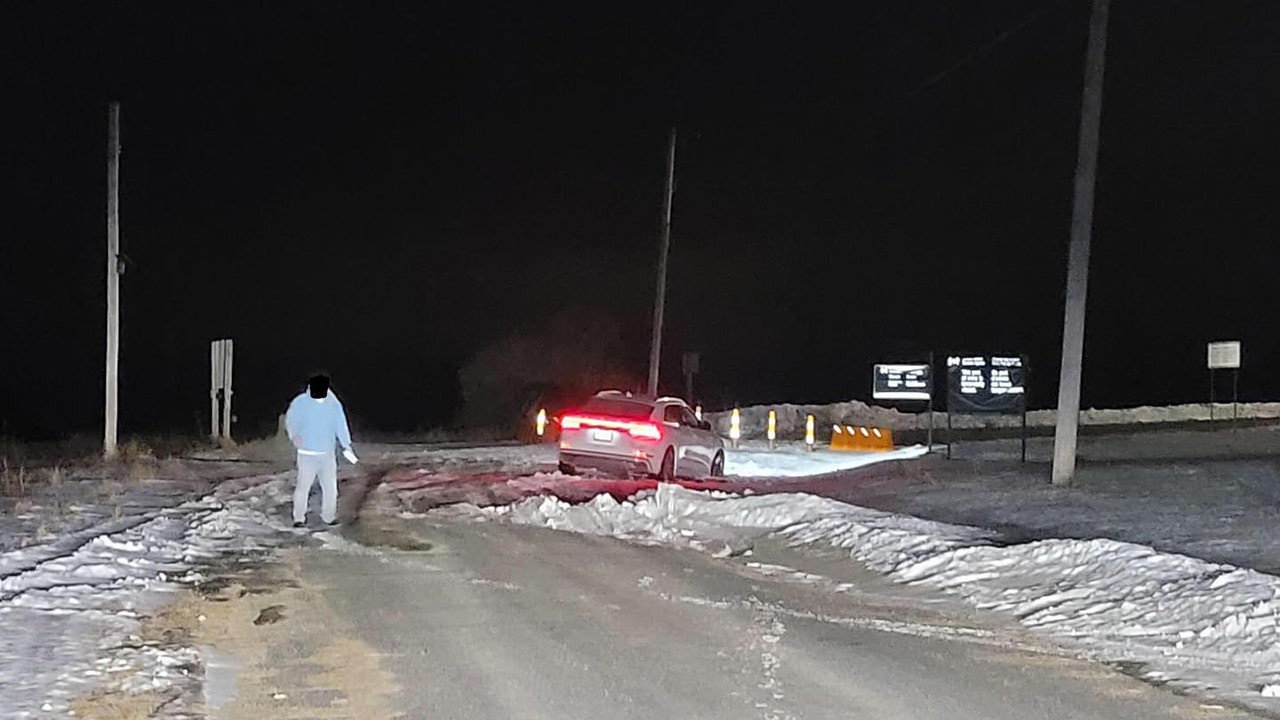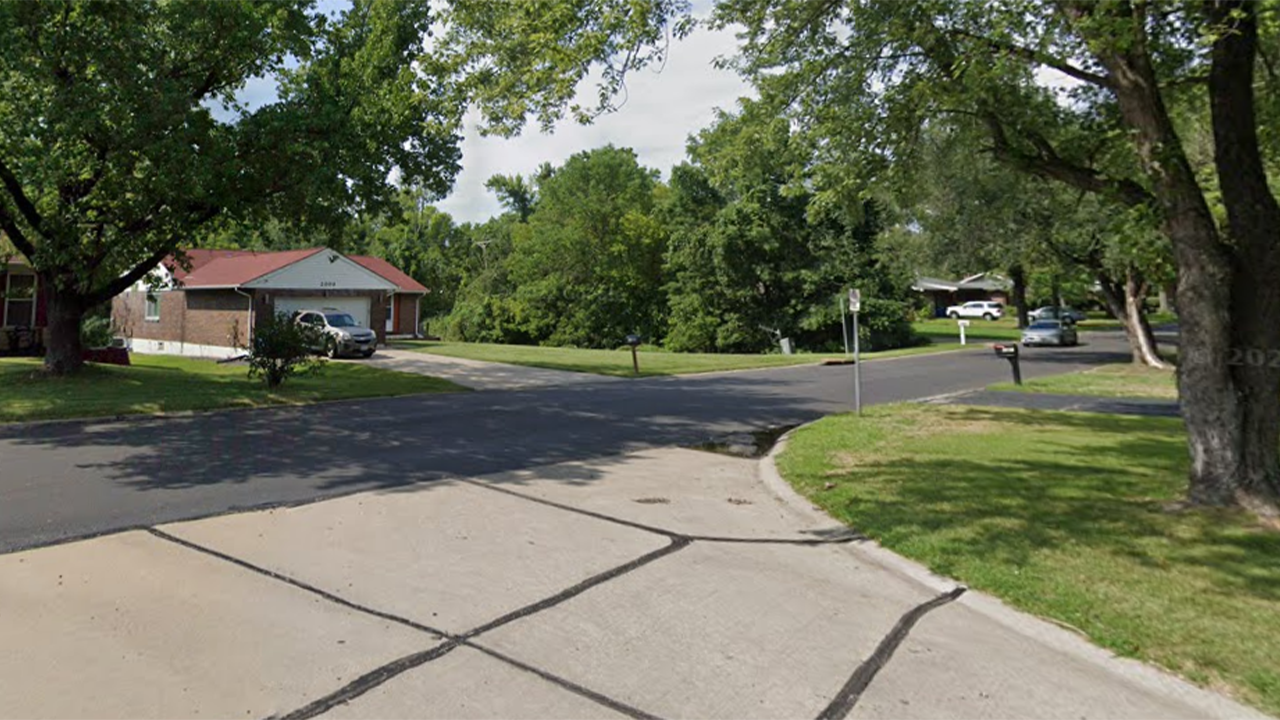Many of us realize climate change is a threat to our well being. But what we have not yet grasped is that the devastation wreaked by climate change is often just as much about headline-grabbing catastrophes as it is about the subtler accumulation of innumerable slow and unequal burns that are already underway — the nearly invisible costs that may not raise the same alarm but that, in their pervasiveness and inequality, may be much more harmful than commonly realized. Recognizing these hidden costs will be essential as we prepare ourselves for the warming that we have ahead of us.
Responsibility for mitigating climate change on the local level lies in part with public institutions — not only in encouraging emissions reductions, but also in facilitating adaptation. Public discourse around climate change too often misses the central role that local institutions play in this latter function, how much of the realized pain locally depends not simply on the physical phenomena of climate change per se but also how they interact with human systems — economic, educational, legal and political.
Let’s start with heat, which is killing more people than most other natural disasters combined. Research shows that record-breaking heat waves are only part of the story. Instead, it may be the far more numerous unremarkably hot days that cause the bulk of societal destruction, including through their complex and often unnoticed effects on human health and productivity. In the United States, even moderately elevated temperatures — days in the 80s or 90s — are responsible for just as many excess deaths as the record triple-digit heat waves, if not more, according to my calculations based on a recent analysis of Medicare records.
In some highly exposed and physically demanding industries, like mining, a day in the 90s can increase injury risk by over 65 percent relative to a day in the 60s. While some of these incidents involve clear cases of heat illness, my colleagues and I have found that a vast majority appear to come from ostensibly unrelated accidents, like a construction worker falling off a ladder, or a manufacturing worker mishandling hazardous machinery. In California, our research shows that heat may have routinely caused 20,000 workplace injuries per year, only a tiny fraction of which were officially recorded as heat-related.
A growing body of literature links temperature to cognitive performance and decision-making. Research shows that hotter days lead to more mistakes, including among professional athletes; more local crime; and more violence in prisons, according to working papers. They also correspond with more use of profanity on social media, suggesting that even an incrementally hotter world is likely to be a nontrivially more irritable, error-prone and conflictual one.
Children are not immune. In research using over four million student test scores from New York City, I found that, from 1999 to 2011, students who took their high school Regents exams on a 90-degree day were 10 percent less likely to pass their subjects relative to a day in the 60s. In other research, my colleagues Joshua Goodman, Michael Hurwitz, Jonathan Smith and I found that across the country, hotter school years led to slower gains on standardized exams like the Preliminary SAT exams. It may not seem a huge effect on average: roughly 1 percent of learning lost per one-degree-hotter school year temperatures. Probably hardly noticeable in any given year. But because these learning effects are cumulative, they may have significant consequences.
And that’s just heat. Researchers are bringing to light the more subtle yet cumulatively damaging effects of increased wildfires and other natural disasters. The hidden consequences of wildfire smoke may cut even deeper than the more visible death and destruction caused by the flames. Tallying the downstream economic and health costs of smoke exposure, researchers have estimated in a not-yet-published paper that increased wildfire smoke due to climate change may cause more than 20,000 additional deaths per year nationwide by 2050. Very few of these will be officially categorized as having been caused by wildfires, because they will have been the result of the cumulative influence of worsened air quality and weakened health over the course of many weeks and months. Research now suggests that wildfire smoke can adversely affect fetal health, student learning and workers’ earnings as well.
Since even “noncatastrophic” climate change may be more subtly damaging and inequality amplifying than we used to think, local interventions are essential to help us prepare for the warming that is to come.
At present, our social and economic systems are not well prepared to adjust to the accumulating damage wreaked by climate change, even though much of what determines whether climate change hurts us depends on the choices we make as individuals and as a society. Whether a hot day leads to mild discomfort or widespread mortality comes down to human decisions — individual decisions such as whether to install and operate air-conditioning, and collective decisions around the pricing and availability of insurance, the allocation of hospital beds, or the procedures and norms governing how and when workers work.
Recent research indicates that how temperature affects human health depends greatly on the adaptations that happen to be at play locally. For instance, a day above 85 degrees in the coldest U.S. ZIP codes has nearly 10 times the effect on elderly mortality relative to in the warmest ZIP codes. In other words, a string of such days in a place like Seattle will lead to a much higher increase in the mortality rate than in a place like Houston, even though both places have similar income levels. In rural India, institutional factors like access to banking may affect how many lives are ultimately lost due to heat; heat can reduce crop yields, leaving subsistence farmers dependent on financing sources to keep them afloat.
In our research of heat and learning, we find that the adverse effects of a one-degree-hotter school year are two to three times larger for Black and Hispanic students, who are less likely to have working air-conditioning at school or at home even within a given city, and are virtually nonexistent in schools and neighborhoods with high levels of home and school air-conditioning. We estimate that hotter temperatures may already be responsible for 5 percent of racial academic achievement gaps. Without remedial investments, climate change is likely to widen these gaps further. With a shift in focus to these subtler social costs, we can devise and carry out more effective strategies. But right now, adaptation efforts remain highly fragmented and are often focused on more visibly salient climate hazards, like storm surges.
And, of course, an empirically nuanced understanding of climate damages makes it even clearer that reducing emissions aggressively makes cost-benefit sense, not only because we want to insure against total ecological breakdown (cue “extinction rebellion” and “tipping points”), but also because the economic costs of even “noncatastrophic” warming may be considerable. Recent Environmental Protection Agency estimates that incorporate just some of these cumulative impacts suggest that a single ton of carbon dioxide sets in motion $190 worth of future social costs, which means that technologies that can reduce such emissions at a lower per-ton cost are most likely worth pursuing.
Climate change is a complex phenomenon whose ultimate costs will depend not only on how quickly we transition away from fossil fuels but also on how well we adapt our social and economic systems to the warming we have in store. A proactive stance toward adaptation and resilience may be useful from the standpoint of safeguarding one’s own physical and financial security, whether as a homeowner or the head of a Fortune 500 company. It may be vital for ensuring that the ladders of economic opportunity are not fraying for those attempting to climb its lower rungs.
R. Jisung Park is an environmental and labor economist and assistant professor at the University of Pennsylvania and author of “Slow Burn: The Hidden Costs of a Warming World.”
The Times is committed to publishing a diversity of letters to the editor. We’d like to hear what you think about this or any of our articles. Here are some tips. And here’s our email: letters@nytimes.com.
Follow the New York Times Opinion section on Facebook, Instagram, TikTok, WhatsApp, X and Threads.






